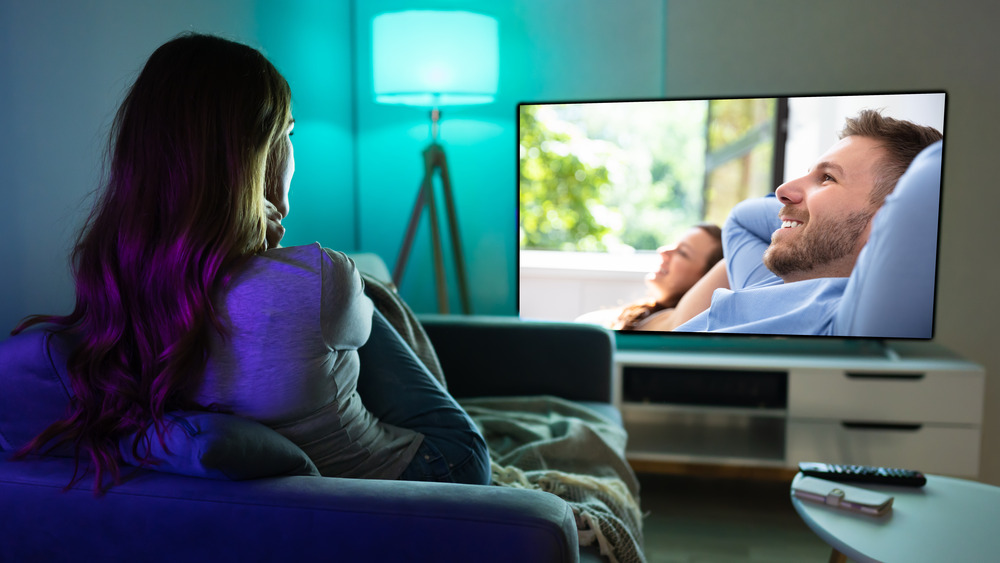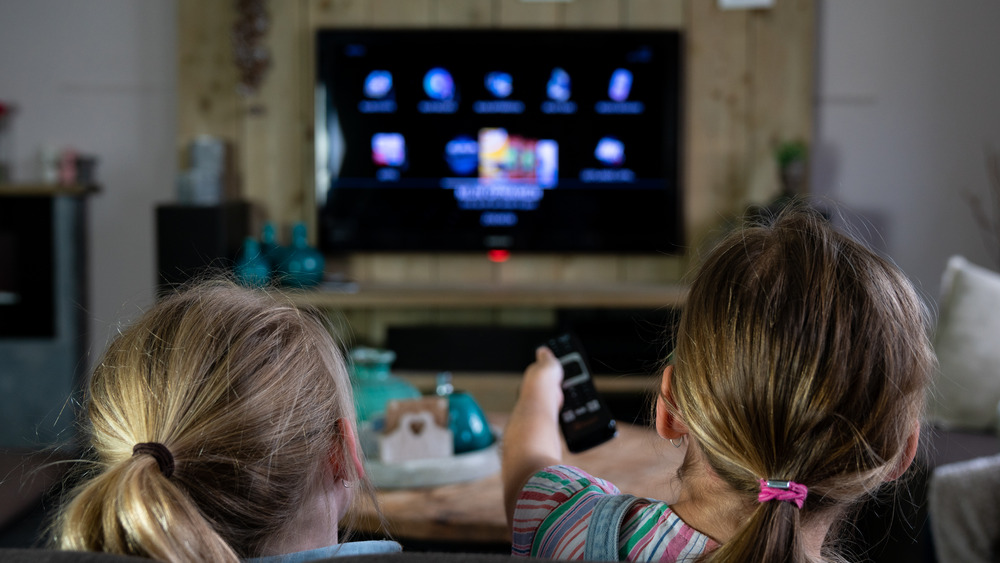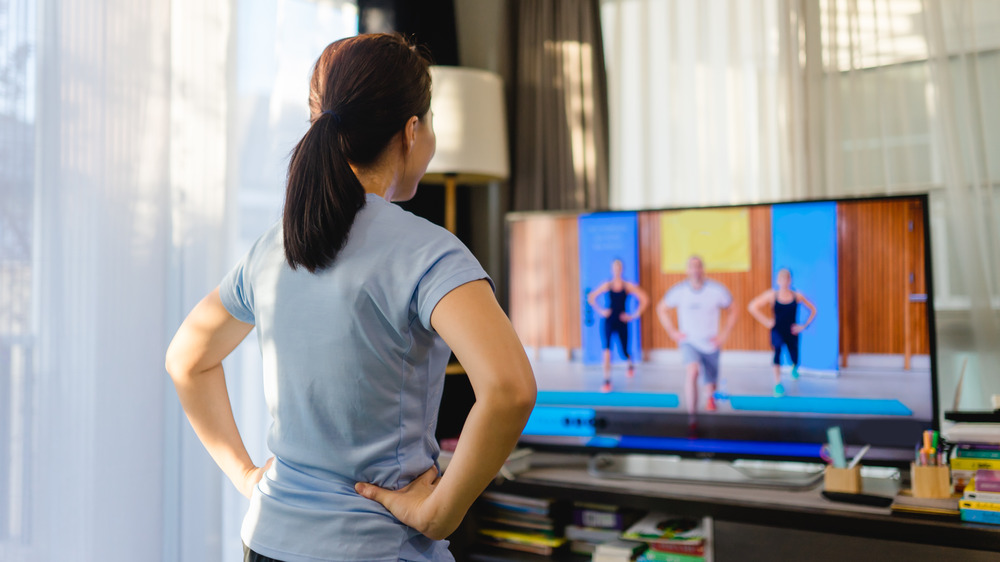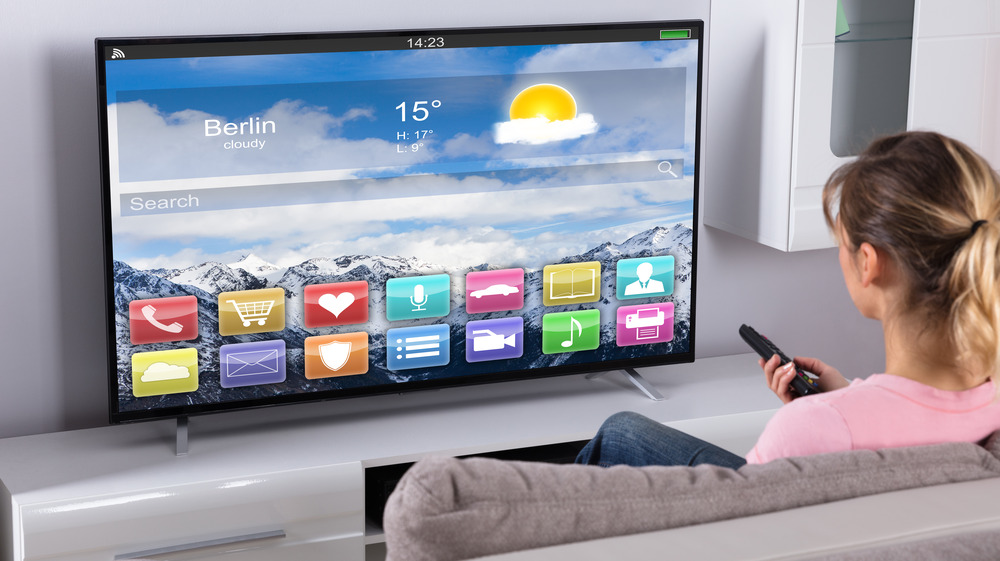Televisions have been around since the late 1920s.
At 21 years old, Philo Taylor Farnsworth invented the telecommunication medium in 1927.
Kids are fond of watching cartoons and tend to watch for hours if not supervised.

However, experts deem this assumption as false.
“Based on the world our grandmothers lived and grew up in, it was an appropriate recommendation.”
Health experts claim thatwatching TV before bed can pose greater health risksthan watching close to the TV screen.

Although, people sometimes wonder why their eyes hurt when watching too much TV.
However, there were already concerns about radiation with black-and-white TVs more than 20 years prior.
However, it is still best to have a specific amount ofscreen timethat is reasonable.

According toWebMD, watching close to the screen may causeheadaches, but it won’t cause severe eye problems.
When focusing on the screen, the irises fail to contract as much as they should.
Sometimes, theeye conditioncauses headaches, and it’s no fun (viaHealthline).

Looking at objects near and at a distance can also help.
What is the ideal TV viewing distance?
For several people,watching TVis part of their daily routine.
Eye care experts recommend having your sitting area approximately eight to ten feet away from the electronic gadget.
The wider the screen, the greater the proximity.
Viewing the screen from a high wall can also cause eye fatigue.
Consider adjusting your TV to an eye-level to prevent the eye condition.
Taking breaks from watching TV can also help keep the eyes from getting tired.
TheAmerican Optometric Associationsuggeststaking a rest from watchingtelevision from time to time.
They recommend a 20-second break from watching the TV for every 20 minutes.
For live TV shows, the20-20-20 rulemay not happen as you’re free to’t press pause.